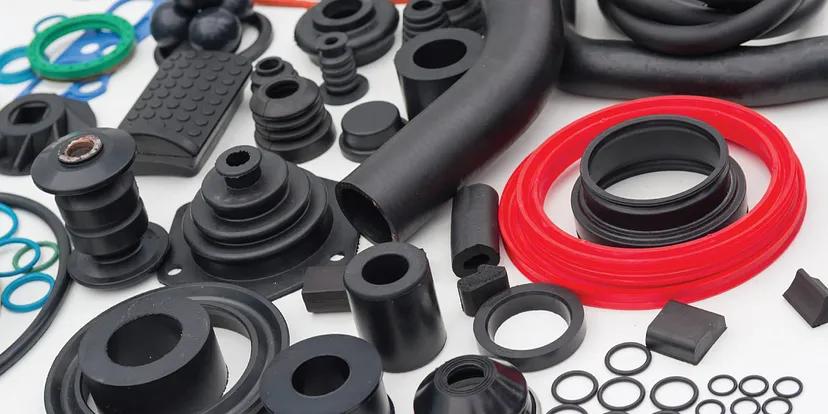The Evolution of Synthetic Rubber: From Early Innovations to Modern Applications
Synthetic rubber is a vital component of various industrial products, from tires to industrial hoses and conveyor belts It has become an indispensable material in the manufacturing industry, providing unmatched performance, durability, and reliability.


In this article, we will delve into the world of synthetic rubber, its various types, and how it has revolutionized the manufacturing industry.
What is Synthetic Rubber?
Synthetic rubber is an artificial material derived from petroleum-based chemicals or other synthetic materials. Unlike natural rubber, which is sourced from the sap of rubber trees, synthetic rubber is manufactured in factories It is made by polymerizing various petrochemicals under specific conditions to produce a rubber-like material with properties similar to natural rubber
Types of Synthetic Rubber
There are several types of synthetic rubber, each with unique properties that make it suitable for specific applications Some of the most commonly used types of synthetic rubber include:
Styrene Butadiene Rubber (SBR)
SBR is the most widely used synthetic rubber, accounting for more than half of the total synthetic rubber production globally. It has excellent resistance to abrasion, water, and heat, making it ideal for manufacturing tires, conveyor belts, and footwear
Ethylene Propylene Diene Monomer (EPDM)
EPDM is a highly versatile synthetic rubber used in various applications, from automotive parts to roofing membranes It has excellent resistance to weathering, heat, and ozone, making it ideal for outdoor applications.
Nitrile Rubber (NBR)
NBR is a synthetic rubber with excellent oil resistance, making it ideal for use in the automotive and aerospace industries It is commonly used in the production of oil seals, gaskets, and fuel hoses.
Butyl Rubber
Butyl rubber is a synthetic rubber with excellent air retention and impermeability to gases. It is commonly used in the production of tire inner tubes, pharmaceutical stoppers, and adhesives
Polychloroprene (Neoprene)
Neoprene is a synthetic rubber with excellent resistance to oil, heat, and chemicals It is commonly used in the production of wetsuits, gaskets, and industrial hoses.
Advantages of Synthetic Rubber
Synthetic rubber offers numerous advantages over natural rubber, making it the preferred choice for many industrial applications Some of the benefits of synthetic rubber include:
Enhanced Durability
Synthetic rubber is more durable than natural rubber, making it ideal for applications that require high durability, such as tires and conveyor belts.
Increased Resistance to Heat and Chemicals
Synthetic rubber is highly resistant to heat and chemicals, making it ideal for applications that require exposure to high temperatures and corrosive substances
Cost-Effective
Synthetic rubber is cheaper to produce than natural rubber, making it a cost-effective alternative for many industrial applications.
Better Performance
Synthetic rubber offers superior performance over natural rubber, with properties that can be tailored to specific applications
Consistency
Synthetic rubber is more consistent in quality than natural rubber, making it easier to manufacture products to precise specifications.
In conclusion, synthetic rubber has become a vital component in various industries due to its unique properties and benefits From the automotive industry to construction, it has proven to be a reliable and efficient material for a wide range of applications The different types of synthetic rubber, such as EPDM, SBR, Butyl/Bromo, Butyl/Chlorobutyl, Nitrile Rubber, High Styrene Rubber, Polybutadiene Rubber, SBS, SEBS, Silicone Rubber, CSM (Hypalon), FKM (Viton), provide different advantages and suit different requirements It is essential to understand these types of synthetic rubber to select the best option for your application.
